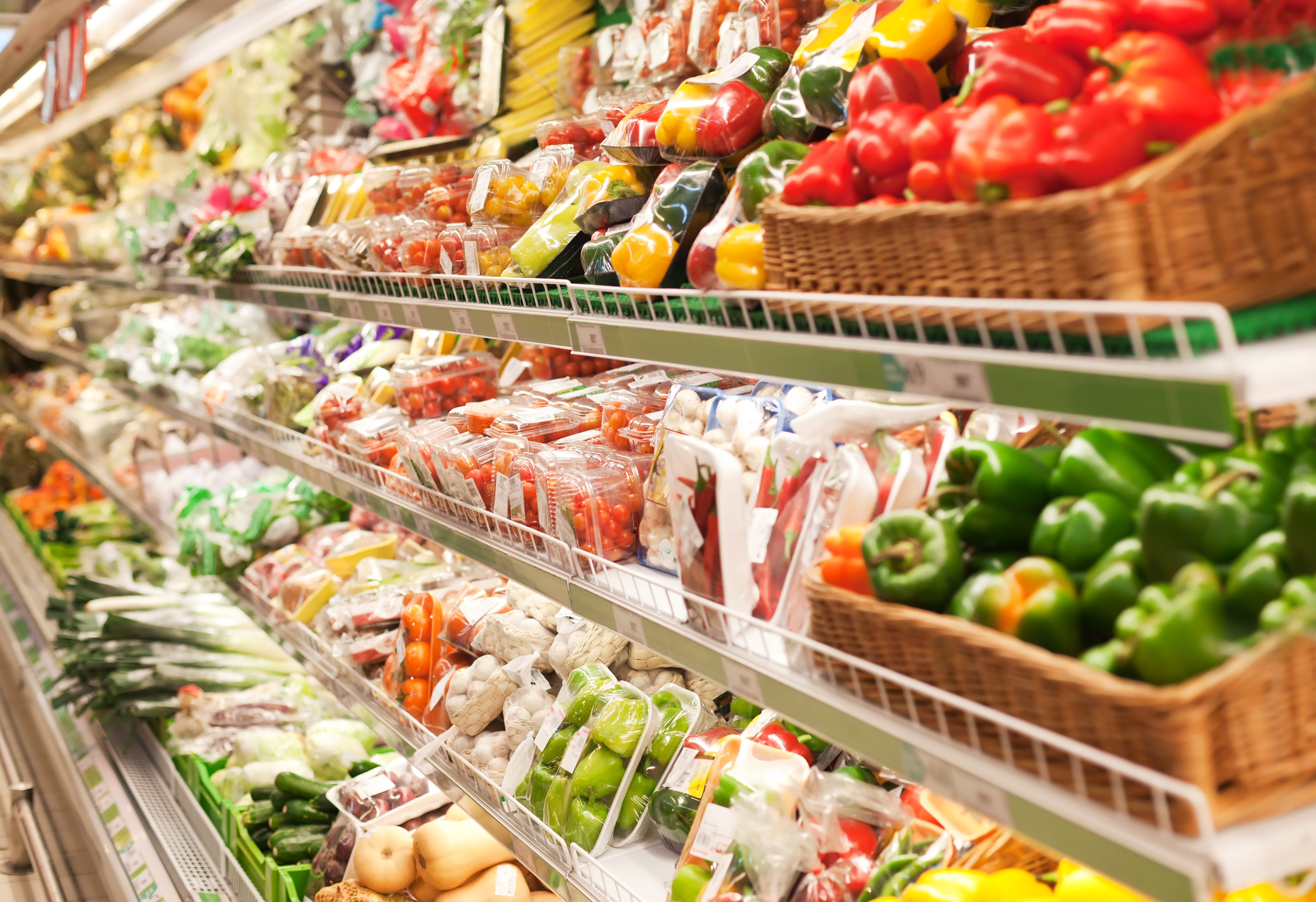Bridging the Gap: Collaborative Strategies for Field and Store Teams
Discover how collaborative strategies between field and store teams are revolutionizing retail operations. Explore innovative solutions and practical...

The key to improving fresh food inventory management is to unify the teams & technology of central planning & store execution. Learn why in this thought leadership blog between Movista and RELEX Solutions.
Discover how collaborative strategies between field and store teams are revolutionizing retail operations. Explore innovative solutions and practical...
Experience a revolution in retail store field audits with the integration of mobile store software. Discover how these technologies elevate auditing...
Explore best practices to eliminate stockouts and ensure optimal product availability in the world of stock replenishment for CPG companies.
Witness the impact of group task managers in action. Uncover how task management software revolutionizes collaboration, creating a cohesive and...
Achieve seamless integration with the dynamic duo of retail execution software and category management tools. Explore how this combination optimizes...
Decode replenishment strategies and navigate the challenges of stockouts for retail store and field teams. Provide insights into replenishing stock...
Unlock the brilliance of point of purchase displays through effective in-store display tactics. Discover how promotional optimization strategies...
Explore the current landscape of retail distribution and discuss emerging trends shaping the industry's future. Covering topics such as technology...
Explore the aftermath of retail promotions by analyzing their success post-implementation. Discover the significance of promotion optimization,...
Delve into the core components of a robust supply-chain triage system and benefits for retail success. Learn how optimizing resource allocation,...
Learn how managing key attributes like assortment, aesthetics, convenience, and service can boost customer satisfaction, drive purchase intent, and...
Maximizing Post-Holiday Success: Strategic Pricing, Supply Chain Triage, and Retail Resource Management. Discover the impact that supply-chain triage...